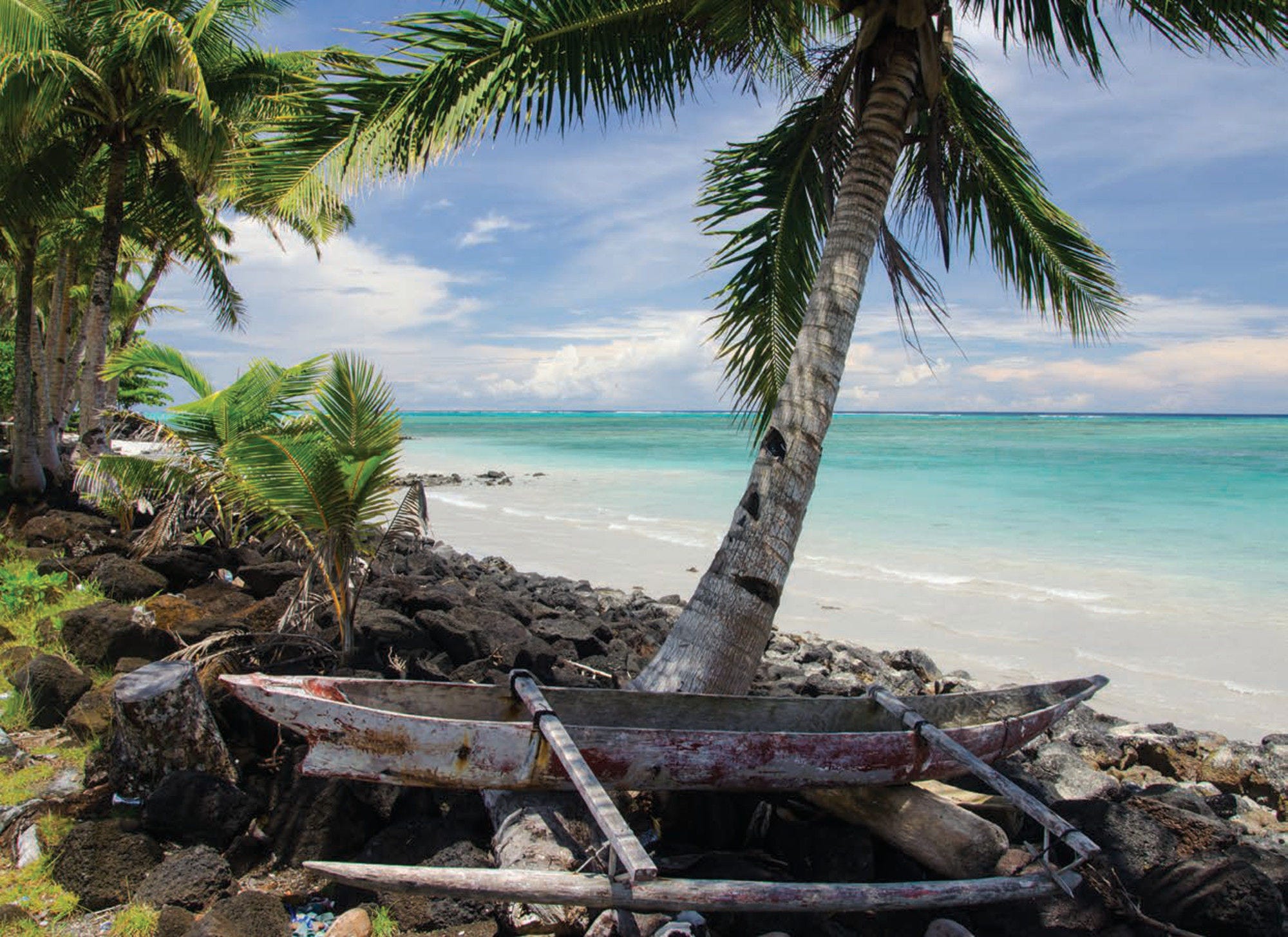Samoa, a small island developing state, has an economy closely tied to the Pacific Ocean. The pursuit of a sustainable ocean future is central to Samoa’s development vision. This is reflected in the country’s medium and long-term national development strategies, which recognise the potential of several ocean-based industries for economic growth. The government understands that harnessing ocean resources is vital for sustainable economic development and improving the livelihoods of its people. It also acknowledges that the ocean represents a source of cultural identity and spiritual connection for many Samoans and their communities.
Samoa’s structural characteristics pose several challenges to the development of its ocean economy. Like many Pacific small island developing states (SIDS), Samoa has a small land mass and population, a predominantly maritime environment, and is remote from major markets. Compared to other developing countries, it faces specific challenges, including a lack of economic diversification, lower economies of scale, pressure on resources, and higher costs of goods and services.
The COVID-19 pandemic and climate change have exposed the vulnerability of Samoa’s ocean economy to external shocks and natural disasters. This vulnerability partly stems from its heavy reliance on the tourism industry, which represents a quarter of Samoa’s gross domestic product (GDP), while the rest of the ocean economy accounts for only 3% of GDP. Samoa’s ocean-based sectors are also particularly exposed to natural disasters, the intensity of which is expected to rise due to climate change. Not only do these disasters cause severe disruptions in the short run (e.g. for maritime transport) but they also leave scarring effects (e.g. due to diminished tourist appeal).
Weak management of ocean-based economic activities can also lead to a degradation of Samoa’s marine environment through waste and land-based pollution, overexploitation of resources, poorly planned development activities, and the introduction of invasive species. For example, approximately 10% of Samoa’s annual plastic consumption is estimated to leak into the ocean. In the absence of adequate safeguards, the tourism sector can be a driver of this leakage. Likewise, overfishing can lead to the deterioration of the health of fish stocks. The sustainability of much of Samoa’s fish stocks has not yet been assessed, leaving ambiguity over the extent of overfishing in Samoa’s exclusive economic zone.
A sustainable ocean economy has the potential to improve Samoa’s environmental, economic and social outcomes. Given its linkages to other ocean economy sectors, the tourism sector is the key to Samoa’s recovery. It could advance the sustainable management and use of ocean resources, provided that the development of the sector aligns with the country’s long-term economic, social and environmental objectives. The economic contribution of the fisheries sector, which is small despite its importance for Samoans’ livelihoods, would benefit from a shift towards value-adding activities and import substitution. There is also room to leverage the potential of other ocean-related sectors, such as the shipping industry that could capitalise on Samoa’s central Pacific location. Emerging sectors, like renewable energy, marine biotechnology and aquaculture, also present new economic opportunities, although existing constraints would have to be addressed to attract investment.
